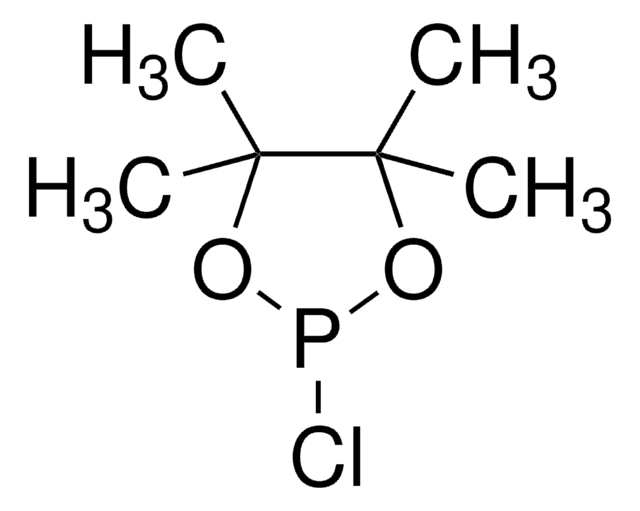455008
Poly(ethylene glycol) diacrylate
average Mn 700, acrylate, 100 ppm MEHQ as inhibitor, 300 ppm BHT as inhibitor
Synonym(s):
Polyethylene glycol, PEG diacrylate
About This Item
Recommended Products
product name
Poly(ethylene glycol) diacrylate, average Mn 700
mol wt
average Mn 700
Quality Level
contains
100 ppm MEHQ as inhibitor (typically)
300 ppm BHT as inhibitor (typically)
reaction suitability
reagent type: cross-linking reagent
reaction type: Polymerization Reactions
refractive index
n20/D 1.47
mp
12-17 °C
density
1.12 g/mL at 25 °C
Ω-end
acrylate
α-end
acrylate
polymer architecture
shape: linear
functionality: homobifunctional
storage temp.
2-8°C
SMILES string
OCCO.OC(=O)C=C
InChI
1S/C8H10O4/c1-3-7(9)11-5-6-12-8(10)4-2/h3-4H,1-2,5-6H2
InChI key
KUDUQBURMYMBIJ-UHFFFAOYSA-N
Looking for similar products? Visit Product Comparison Guide
General description
Application
Signal Word
Danger
Hazard Statements
Precautionary Statements
Hazard Classifications
Eye Dam. 1 - Skin Irrit. 2 - Skin Sens. 1
Storage Class Code
10 - Combustible liquids
WGK
WGK 1
Flash Point(F)
446.0 °F - closed cup
Flash Point(C)
230 °C - closed cup
Personal Protective Equipment
Certificates of Analysis (COA)
Search for Certificates of Analysis (COA) by entering the products Lot/Batch Number. Lot and Batch Numbers can be found on a product’s label following the words ‘Lot’ or ‘Batch’.
Already Own This Product?
Find documentation for the products that you have recently purchased in the Document Library.
Customers Also Viewed
Articles
Scaffold patterning with poly(ethylene glycol)-based hydrogels for cell presence in 2D and 3D environments on photoactive substrates.
Our team of scientists has experience in all areas of research including Life Science, Material Science, Chemical Synthesis, Chromatography, Analytical and many others.
Contact Technical Service














